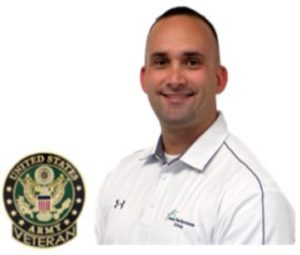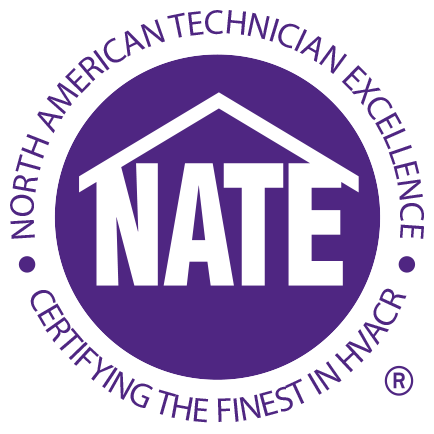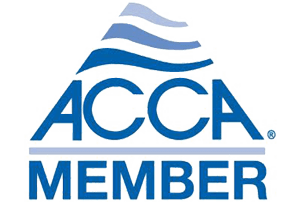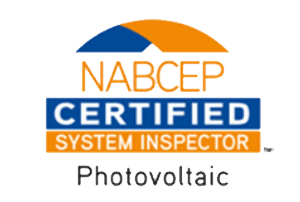What is the Difference Between Septic Inspection Versus Evaluation?

The Missouri state septic program offers two different assessments for real estate transactions. The first and most comprehensive is a system inspection, while an evaluation is a less robust option that does not test the operation of the system. All things being equal, the preferred assessment, particularly of home buyers and lenders, is a septic inspection versus an evaluation. Although an inspection may be requested, given specific circumstances, an evaluation may be all that is possible. The primary criteria determining the type of septic assessment is the homes vacancy status. If a home has been continuously vacant for more than 60 days, or the home has a new septic system installed in the previous six months, a septic inspection cannot be performed. When a property sits vacant for 60 or more days without use of the drain and waste plumbing, the soil that comprises the treatment field experiences changes that adversely affect test results performed during an inspection. Specifically, soils in and around the absorption field may dry out, while the bio mat and biological treatment may become degraded. This results in the soil treatment field not responding to testing in the same manner as a system that has been in continuous use. Even after a home is put back into continuous use, a state inspection may not be performed for at least six months, in order to allow the soils and organics to reestablish. For the same reasons as listed above, newly installed septic systems cannot have a state inspection of operation, only an evaluation. Finally, in the event the septic system is shared between multiple properties and the soil absorption field is located on an adjacent property, an inspection is not possible due to the unknown usage rates of the other connected properties. The key difference between a state septic inspection and evaluation is the hydraulic load test.
Septic System Hydraulic Test and Dye Tracing
A hydraulic load test injects a specified quantity of water into the septic system, usually through a man/port hole in the primary tank. The water injection is used to simulate the average daily sewage flow from the residence. 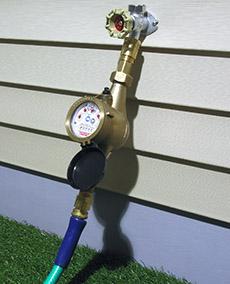
In addition to a hydraulic test, a state licensed inspector may recommend the use of dye to trace a system or further identify potential failures. 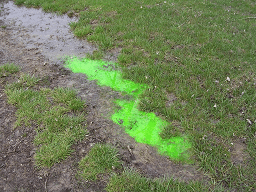
State Septic Inspection and Well Water Testing
When conducting a state assessment for an onsite waste water treatment system, the inspector must identify if the home is served by a private water well. A private well is one that serves 8 or fewer residences. Wells serving more than eight homes, or community and commercial properties, are classified as public water wells. Public wells are under the jurisdiction of DNR and will not be tested. Homes served by private water wells are required to have a water sample drawn and submitted to a laboratory for testing. 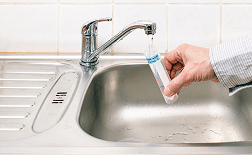
A state septic assessment cannot be completed until the water test results are returned from the laboratory. Generally, results are returned within 24 to 48 hours after water sample submission. In the event a well water test fails, the property owner may chemically treat the well with chlorine in accordance with DHHS guidelines, and retest the well 5 to 7 days later, and again one week after the first retest. If both retests return normal results, the well may be deemed acceptable.
Home Performance Group Septic System Installation Kansas City
Buyer a home and want to ensure the onsite wastewater system is in good working order? Concerned about contamination of your private well? Worried your septic system may be surfacing raw sewage? Consider septic system service by hiring a state licensed septic professional with advanced training to inspect, evaluate, repair, design, size, and install both basic and advanced septic systems. An upfront investment in careful assessment will prevent both health hazards and tens of thousands of dollars in future work.
At Home Performance Group we are both basic and advanced state licensed in septic system installation as well as state licensed for septic inspections. We continue to invest in technical training so we can correctly assess, design, specify, size and install septic tanks, septic laterals, low pressure systems, lagoons, and high-pressure drip systems. We have performed numerous septic projects for our clients.
If you are interested in a no-cost in-home consultation, schedule with a Solutions Advisor today.

Article by Larry L. Motley Jr., 28 February 2022
Larry is a graduate of both Wentworth Military Academy and Missouri Western State University earning a double bachelor’s degree in Economics and Finance. Additionally, he maintains six professional tradesman licenses in two states and advanced credentialing in green technology, project and program management, and process improvement. Larry is a three-time combat veteran having served in Operation Iraqi Freedom, Operation New Dawn, and Operation Inherent Resolve. He continues to serve through a value-based building science company focused on providing clients the best design, highest quality installation, and most honest repair services in the community.


Featured Service Areas:
| Missouri | Kansas | ||||
|---|---|---|---|---|---|
|
Belton Blue Springs Cameron Excelsior Springs Gladstone Holt |
Independence Kansas City Kearney Lathrop Lawson Lee's Summit |
Liberty North Kansas City Parkville Platte City Plattsburg Polo |
Raytown Riverside Smithville Sugar Creek Weston |
Kansas City Lansing Leavenworth Leawood Lenexa |
Merriam Mission Mission Hills Praire Village Shawnee |



